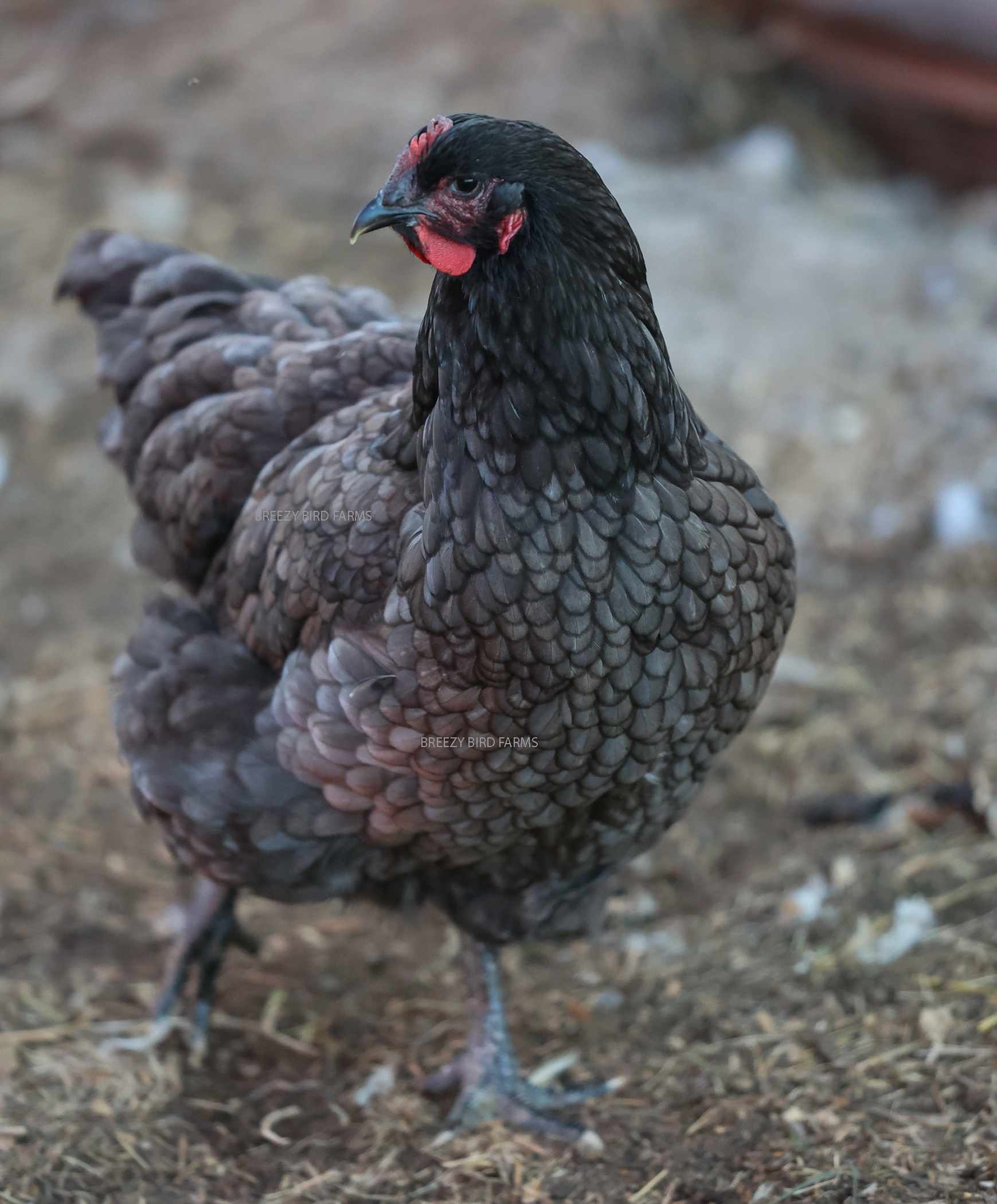Impressive
The Jersey Giant chicken was developed in the late 19th century between 1870 and 1890 in the United States, specifically in Burlington County, New Jersey. The breed was created by John and Thomas Black, who aimed to produce a large, dual-purpose chicken that could serve both as a meat source and a reliable egg layer. At that time, the Brahma chicken was the dominant meat breed, but the they sought to create a larger bird that would offer better meat yield.
To achieve their goal, the they initially crossed Black Javas and Black Langshans, two breeds known for their size and meat quality. They selectively bred these chickens over several generations to enhance desirable traits, including size, temperament, and egg production. The breeding program took about 20 years, resulting in a robust and large bird that would later become known as the Jersey Giant.
The Jersey Giant was officially recognized by the American Poultry Association (APA) in 1922. By this time, the breed had gained popularity among poultry farmers and was showcased in various poultry exhibitions. Their impressive size and good meat quality made them a favorite among those raising birds for market.

Throughout the 1920s and 1930s, Jersey Giants became well-regarded as a preferred meat bird, especially in backyard flocks. However, as commercial poultry farming evolved, the breed began to decline in popularity due to the rise of specialized broiler breeds that grew faster and were more efficient in meat production. Many farmers shifted to these commercial breeds, which negatively impacted the Jersey Giant's presence in the poultry market.
In recent years, there has been a renewed interest in heritage breeds, including the Jersey Giant, as consumers and farmers seek sustainable practices and biodiversity. The breed is increasingly appreciated not only for its size and meat quality but also for its friendly and docile temperament, making it a popular choice for backyard poultry enthusiasts.
Organizations dedicated to preserving heritage breeds have worked to promote the Jersey Giant and ensure its continued existence. These efforts involve educating poultry enthusiasts about the breed's benefits and encouraging the maintenance of genetic diversity in poultry farming.
Size: Jersey Giants are one of the largest chicken breeds, with mature roosters weighing 13 lbs and hens weighing around 10 lbs.
Body Type: They have a broad, deep body with a strong, muscular build.
Feathering: The breed comes in three recognized color varieties: Black, Blue, and Splash. The Black variety is the most common, featuring glossy black feathers.
Comb: They have a single comb that is medium-sized and upright.
Legs: Jersey Giants have yellow legs, reflecting their robust structure.
Egg Color: The eggs laid by Jersey Giant hens are typically tan and brown.
Egg Size: They are known for producing large eggs.
Production Rate: Jersey Giants are moderate layers, producing about 3-4 eggs per week.
Personality: Jersey Giants are known for their calm and friendly demeanour. They are generally docile and can be easily handled, making them suitable for families.
Behavior: They are social birds and can coexist well with other breeds, making them ideal for mixed flocks. Hardiness: Jersey Giants are hardy and can adapt to a variety of climates. They are particularly well-suited for free-range environments where they can forage for food.
Breeding: The breed was initially developed for meat production, and while they are still raised for this purpose, they also provide a good source of eggs. Jersey Giants are known for their slow growth rate, which contributes to their meat quality but requires more time to reach market weight compared to faster-growing breeds.
© Copyright Breezy Bird Farms